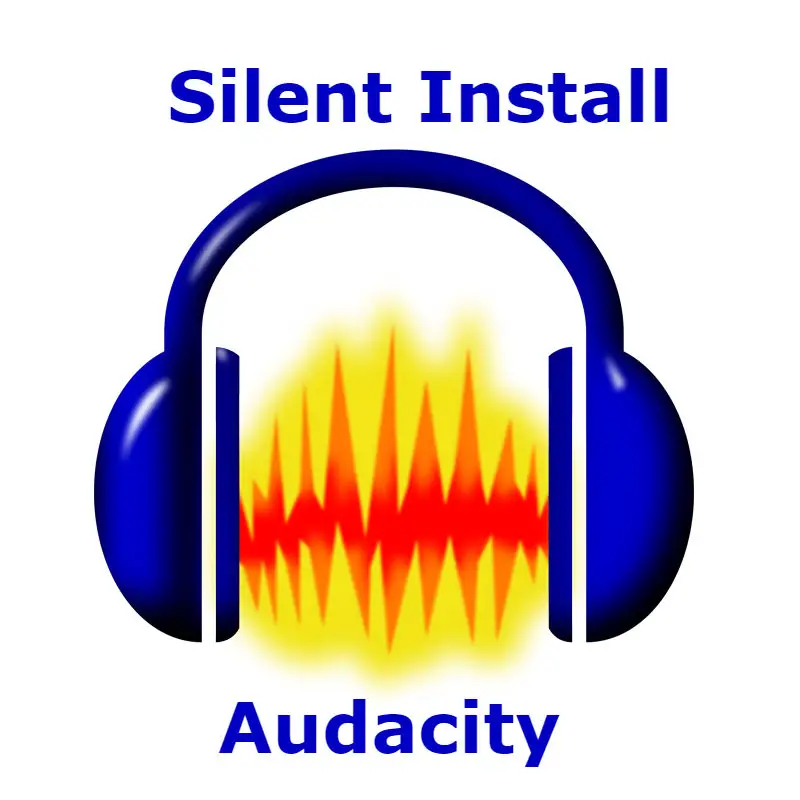

A progress bar shows you how long it will take to remove FFmpeg for Audacity on Windows. Windows XP: Click the Remove or Change/Remove tab (to the right of the program). Learn more about multimedia editing in our Live Broadcasting section. When you find the program FFmpeg for Audacity on Windows, click it, and then do one of the following: Windows Vista/7/8/10: Click Uninstall. AIFF, FLAC, and other FFMPEG formatsĮxport Selected Audio (exports only highlighted section)Įxport Multiple (for exporting multiple tracks at once) At the top, select File, Export, and an export option:Įxport Audio (to easily choose between other formats not listed in the File menu – e.g.Open an audio file (or import audio from a video file). Follow the installation process and install the FFmpeg for Audacity.Likewise, using a more efficient format will conserve disk space, whether you are on high performance VPS or shared hosting.īelow we cover how to convert media files in Audacity. Audacity detected the FFmpeg library, stating that I have FFmpeg Library Version: F (55.33.100), C (55.52.102), U (55.66.100). While more advanced users may prefer FFMPEG for file conversions, Audacity makes such changes easier for users without experience in the command line interface (CLI). Without the optional FFmpeg library, Audacity cannot import this file type.' I then followed the instructions given in the Audacity manual and downloaded FFmpeg-win-2.2.2.exe, ran the executable file. We're not going to claim to be audiophiles or sound engineers, far from it, but we feel Audacity is every bit as good as some professional applications on the market.Audacity is a popular free audio editor for musicians and podcasters doing destructive audio editing. It includes a quick help (local or the internet), a user manual online, a Wiki page with tips, tricks, and more, and a link to their online forum. If your music library has many songs you downloaded from iTunes, you're going to need to download a converter first.Īudacity offers some support within the application. Also Maybe audacity was written so that it can only accept some and not others according to. Oddly enough, the one format it does not support is M4a, popular with Apple and iTunes. this is the encoder i use ffmpeg not an option to encode. You can check it has by opening Audacity, then going to Edit > Preferences > Libraries and click the Locate button. Now Audacity should find the avformat-55.dll file. If it doesnt, create it, then download this zip file and extract it to the ffmpeg folder. It supports almost all of the popular audio formats out there, including WAV, AIFF, Ogg Vorbis, FLAC, MP3, and FFmpeg-compatible files. Check in your Audacity > Plug-Ins folder. Audacity can record, import and export, modify quality, has a ton of built-in effects, analyze capabilities, plug-ins, and just so much more we're scratching the surface. Audacity is an Open Source audio application for Windows, macOS, and Linux designed to be a full-featured yet easy-to-use multi-track recording and editing suite.Īudacity can record live audio through a microphone, mixer, digitize recordings from other media, and capture streaming audio.


 0 kommentar(er)
0 kommentar(er)
